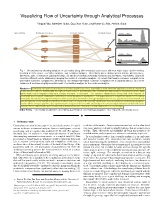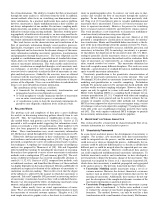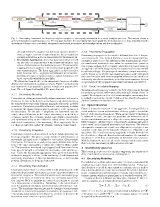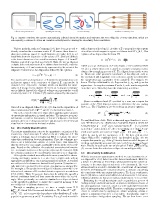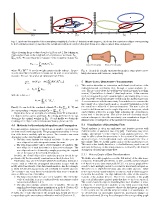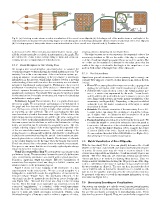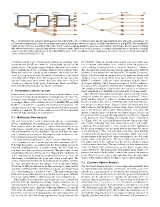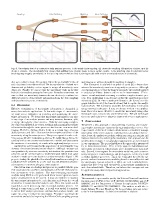Visualizing Flow of Uncertainty through Analytical Processes
Yingcai Wu1
Guo-Xun Yuan2
Kwan-Liu Ma2
This project was conducted when Yingcai Wu worked in UC Davis.
1Microsoft Research Asia
2University of California, Davis
Uncertainty can arise in any stage of a visual analytics process, especially in data-intensive applications with a sequence of data transformations. Additionally, throughout the process of multidimensional, multivariate data analysis, uncertainty due to data transformation and integration may split, merge, increase, or decrease. This dynamic characteristic along with other features of uncertainty pose a great challenge to effective uncertainty-aware visualization. This paper presents a new framework for modeling uncertainty and characterizing the evolution of the uncertainty information through analytical processes. Based on the framework, we have designed a visual metaphor called uncertainty flow to visually and intuitively summarize how uncertainty information propagates over the whole analysis pipeline. Our system allows analysts to interact with and analyze the uncertainty information at different levels of detail. Three experiments were conducted to demonstrate the effectiveness and intuitiveness of our design.
@article {YWu2012a,
author = {Yingcai Wu and Guo-Xun Yuan and Kwan-Liu Ma},
title = {Visualizing Flow of Uncertainty through Analytical Processes} ,
journal = {IEEE Transactions on Visualization and Computer Graphics},
year = {2012},
volume = {18},
number = {12},
pages = {2526--2535 }
}
This research is sponsored in part by the National Science Foundation through grants CCF 0811422, CCF 1025269, OCI 0850566, and CCF 0808896, and the Department of Energy through grants DE-FC02- 06ER25777 and DE-FC02-12ER26072. The authors would like to thank Jishang Wei and Hongfeng Yu for providing data and source code for the experiment of combustion simulation analysis.

